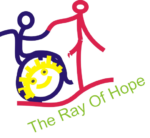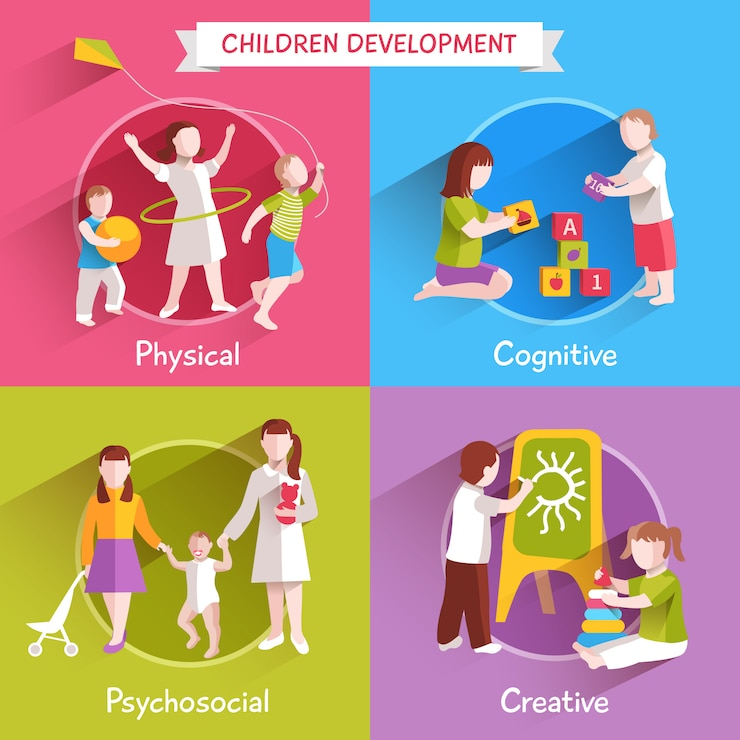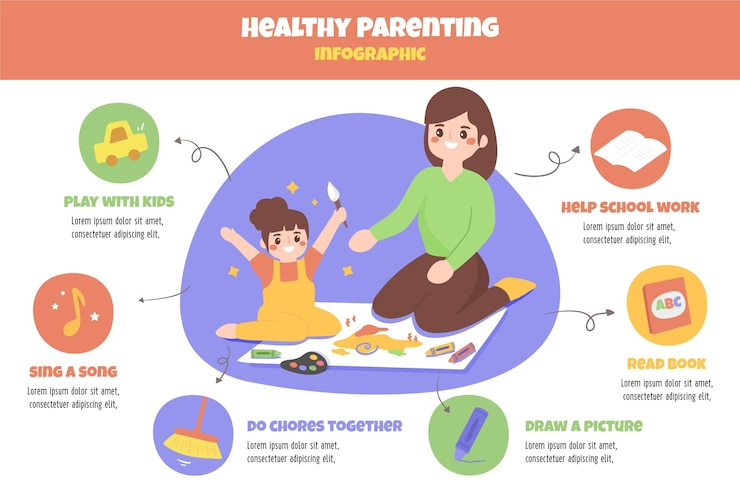
Autism Spectrum Disorder

Unveiling the Spectrum: Understanding Autism and Embracing Neurodiversity
Autism Spectrum Disorder (ASD)
Autism, also known as Autism Spectrum Disorder (ASD), is a complex neurodevelopmental condition that affects individuals’ social interaction, communication, and behavior. With its diverse range of strengths and challenges, autism highlights the beauty of neurodiversity. This article aims to shed light on autism, dispel common misconceptions, and promote acceptance and inclusion for individuals on the autism spectrum.
Defining Autism Spectrum Disorder
Autism Spectrum Disorder is a lifelong condition characterized by a unique set of strengths and challenges that vary from person to person. It is referred to as a “spectrum” because individuals can exhibit a wide range of symptoms and abilities. People with autism may experience difficulties in social interaction, communication, and sensory processing, while also possessing exceptional talents, such as heightened attention to detail, pattern recognition, and intense focus on specific interests.
Dispelling Misconceptions
Autism is not a disease:
Autism is not an illness that needs to be cured. It is a natural variation of the human brain, reflecting diverse cognitive and perceptual abilities.
Autism is not caused by parenting or vaccines:
Extensive research has debunked the myth that parenting styles or vaccinations cause autism. The origins of autism are multifactorial, involving a combination of genetic and environmental factors.
Every individual with autism is unique:
Autism manifests differently in each individual. Some may have exceptional verbal skills but struggle with social interaction, while others may excel in specific areas like mathematics or music. Recognizing and appreciating these individual differences is crucial.
Understanding Challenges and Strengths
Social Interaction and Communication:
Individuals with autism may experience challenges in understanding and interpreting social cues, gestures, and nonverbal communication. Difficulties in initiating and maintaining conversations and developing meaningful relationships are common. However, it’s important to note that not all individuals with autism have difficulties with language, and some may possess advanced vocabulary or knowledge in specific subjects.
Sensory Processing:
Many individuals with autism experience sensory sensitivities or sensory-seeking behaviors. They may be hypersensitive or hyposensitive to certain sounds, lights, textures, tastes, or smells. Creating sensory-friendly environments and providing appropriate accommodations can help individuals with autism navigate their surroundings comfortably.
Special Interests and Strengths:
Individuals with autism often display intense focus and passion for specific subjects or activities. These “special interests” can become a source of expertise and empowerment, offering opportunities for growth and success. Encouraging and supporting these interests can foster self-esteem and allow individuals to harness their strengths.
Promoting Acceptance and Inclusion
Education and Awareness:
Promoting education and awareness about autism is crucial in dispelling myths and misconceptions. By fostering understanding, we can create inclusive environments that value neurodiversity.
Acceptance and Empathy:
Embracing individuals with autism requires acceptance and empathy. By recognizing their unique strengths and challenges, we can create a supportive environment that celebrates their contributions.
Inclusive Education and Employment:
Providing inclusive educational settings and employment opportunities allows individuals with autism to thrive. Tailoring teaching methods, providing accommodations, and fostering peer support can ensure equal access to education and career paths.
Supportive Networks and Resources:
Establishing support networks for individuals with autism and their families is essential. Access to resources, therapies, and community support can enhance their overall well-being and quality of life.
Conclusion
Autism is a vibrant part of the human experience, reflecting the beauty of neurodiversity. By dispelling misconceptions, understanding the challenges and strengths of individuals with autism, and fostering acceptance and inclusion, we can create a society that values and supports the unique contributions of every individual, regardless of their place on the autism spectrum. Let us embrace autism and celebrate the remarkable diversity of the human mind.



